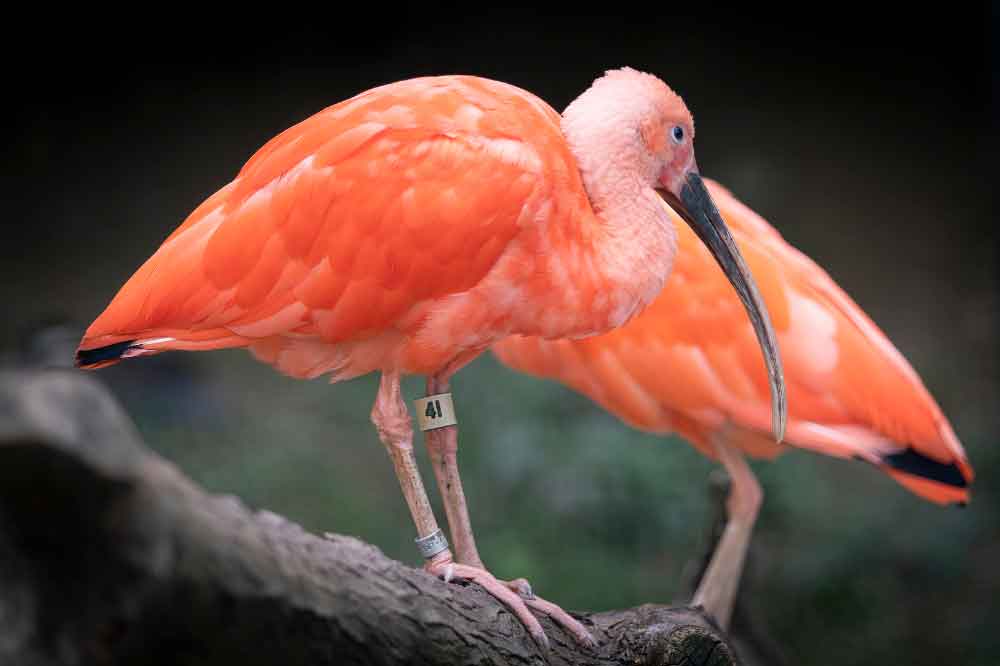Meet Our Animals
The Brandywine Zoo proves that great things do come in small packages. The Zoo features animals from the tropical and temperate areas of North and South America, Asia and Africa. Our animals range from more common species to the highly endangered. All enjoy natural settings and welcome your visit to the zoo. Some animals may be off exhibit during cold weather.
Eudocimus ruber
Scarlet Ibis

Habitat
Geographic Region & Range
Diet
Physical Description
Stunning pink feathers, with slightly webbed feet and thin, down-curved bill.
Lifespan
Natural Habitat: 16 years
Under Human Care: 20+ years
Threats
Status

What are AZA Zoos doing for
Scarlet Ibis
Their zoo population is managed through conservation breeding programs called Species Survival Plan programs, which ensures genetic diversity and species health. While scarlet ibises are not currently endangered, they do face some threats in their natural habitats which include alteration of wetlands, hunting, and pesticides. AZA zoos are working to maintain a long-term, genetically valuable population of Scarlet Ibises through their SSP program.
Fun Facts
Males and females are nearly indistinguishable from each other, but males are slightly larger and have a longer bill.
The scarlet ibis is the national bird of Trinidad and Tobago, and found on their $1 bill.
Fossils for this species have been found dating back to 60 million years ago!
They are valuable to farmers because of their carnivorous appetite for crop pests.
Young Ibis chicks are able to swim before they can fly!
